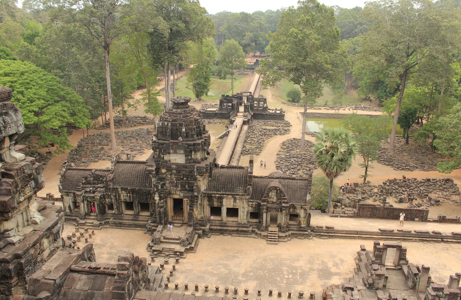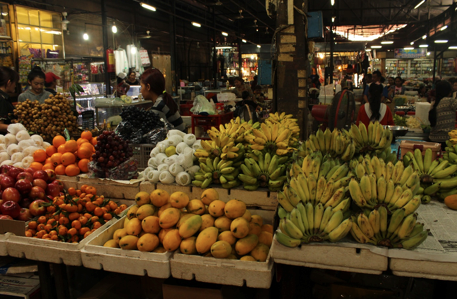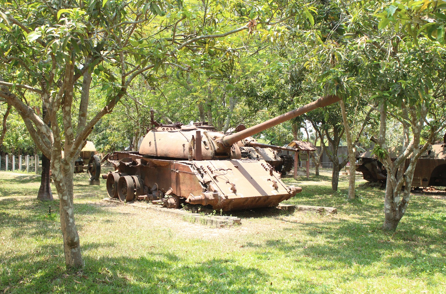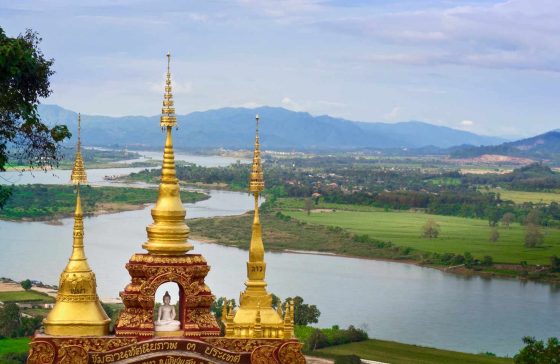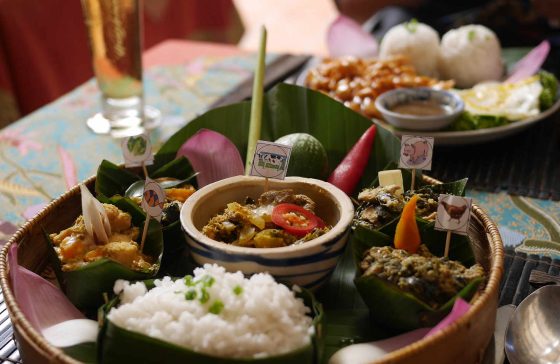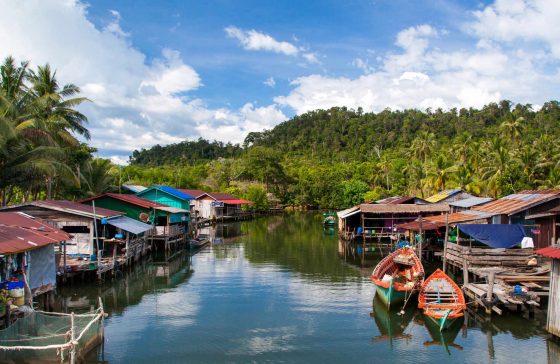As the gateway to the Angkor temples, Siem Reap is one of the most popular tourist epicentres in Cambodia. The Angkor temples are undeniably the most significant tourist destination here, drawing an estimated two million visitors each year to the dusty paths, mystical temples and jungles of the expansive complex, but Siem Reap itself also has plenty to offer. Below are the best reasons to travel Cambodia…
UNESCO World Heritage Site: Angkor
One of the most recognisable images of Cambodia is that of the sun rising majestically behind Angkor Wat, Angkor Archaeological Park’s most famous temple – the must-see on any visitor to Cambodia’s list. The rugged beauty of the temples in various states of ruin that have found their home here for hundreds of years, many of which have blended harmoniously with the jungle to form eery ruins that make it easy to forget the daily grind, creates an enchanting place if there ever was one.
Angkor was once the centre of the Khmer Kingdom, thriving in the Siem Reap province from around the 9th to 15th centuries. Stretching for 400 km2, this UNESCO World Heritage Site is the largest religious monument in the world and is home to scores of temples, which means you need to dedicate at least a full day to exploring, though many guidebooks recommend allocating at least three days to even begin to comprehend the scale, magnificence and beauty of the area.
The most common methods for seeing the temples are with a guided tour or in your own tuk-tuk, which can usually be arranged through your accommodation as with many other activities in and around Siem Reap. The Angkor Archaeologicial Park is about five kilometres from Siem Reap, with a pass required to enter. Visitors can purchase one or multi-day passes to gain access to the site.
Markets
Siem Reap is home to an impressive collection of markets within close proximity to each other. With a mix of cheap clothing shops aimed at visitors – be ready to barter, local food produce, street food stalls, cheap massage and beauty parlours, and the odd mobile smoothie cart, you can feel free to shop, sit and people watch from the comfort of a massage chair, or do your best to take in all the activity as you stroll the streets attempting to convince marketeers you are not interested in those traveller pants.
Markets to try include the Old Market (Phsar Chas) and the Central Market (Phsar Kandal) during the day, and the Angkor Night Market, Noon Night Market and Siem Reap Night Market after the sun falls on the hot day. For a more authentic local experience, head out of the centre to Phsar Leu or Phsar Samaki.
Cooking Classes
Siem Reap is home to almost as many cooking classes as Angkor is temples, with a price to suit pretty much every budget available. The cheapest classes run around USD12, but most are roughly USD25-30. Don’t be deceived by low prices – you get a lot of bang for your buck with the cheaper classes such as the one offered by Le Tigre de Papier, which begins with a guided visit to the local market, after which you prepare a three-course meal choose from a range of options on the menu.
Cooking classes have become quite en vogue for travellers throughout Asia, and Siem Reap is a fantastic place to try your hand at preparing some delicious Khmer cuisine. Did we mention you get to eat the meal afterward?
The Killing Fields Memorial, War Museum and Landmine Museum
These sights are not for those who prefer to ignore Cambodia’s troubled past, as some visitors do – but making time for even one of these can go a long way in aiding your understanding of the beautiful country and the Khmer people, who will seem even more wonderful once you learn more about what they and their families experienced only recently.
While the main Killing Fields site is situated in Phnom Penh, Siem Reap, along with many other locations throughout the country, is home to its own memorial. The Siem Reap memorial (Wat Thmey) is a short tuk-tuk ride from the centre. It is small and will only take a short while to take in, but is well worth a visit to get an idea of the devastation and horror caused by the Khmer Rouge during the late 1970s.
The War Museum and Landmine Museum offer a different kind of insight into Cambodia’s conflicted past. These moving museums are again, not light entertainment, particularly if you opt for the free guided tour at the War Museum and are led by a survivor of the war. These guides often have a story of their own, which brings the tragedy even closer to home.
Courtney Gahan is a serial expat, traveller and freelance writer who has bartered with Moroccan marketeers, seen the sun rise at Angkor Wat and elbowed her way through crowds on NYE in NYC

